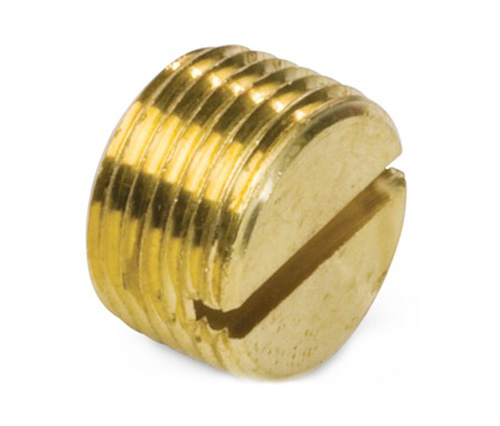Abstract:Choosing the right pipe fittings for a project is ...
Choosing the right pipe fittings for a project is essential to ensure that the plumbing or piping system operates correctly and efficiently. With so many types of pipe fittings available, it can be overwhelming to determine which fittings to use for a particular application. This article will provide guidance on how to choose the right pipe fittings for your project.
Understand the Pipe Material
The first step in selecting the right pipe fittings is to understand the material of the pipe being used.
Pipe fittings are designed to fit specific types of pipe materials, so it is essential to choose fittings that are compatible with the material being used. Common types of pipe materials include PVC, copper, steel, and brass.
Determine the Fitting Type
The type of pipe fitting needed depends on the application and the specific plumbing or piping system being installed. Common types of pipe fittings include couplings, elbows, tees, crosses, reducers, and adapters. Each type of fitting has a specific function and is designed to connect two or more pipes of different sizes or shapes.
Consider the Pressure Rating
Another important factor to consider when choosing pipe fittings is the pressure rating. The pressure rating determines the maximum pressure that the fitting can withstand without failing. It is important to select fittings with a pressure rating that matches or exceeds the maximum pressure of the system. Failure to do so can result in leaks, bursts, or other plumbing or piping system failures.
Select the Correct Size
Pipe fittings come in a variety of sizes, and it is essential to select fittings that match the size of the pipes being used. Fittings that are too small or too large for the pipes can cause leaks, pressure drops, and other plumbing or piping system issues.
Consider the Temperature and Chemical Compatibility
The temperature and chemical compatibility of the piping system should also be considered when choosing pipe fittings. Some materials and fittings are not suitable for high-temperature applications, while others may not be compatible with certain chemicals or fluids.
Choose the Right Material
Pipe fittings come in various materials, including PVC, brass, copper, steel, and others. The material chosen should be compatible with the pipe material and the specific application. Each material has its advantages and disadvantages, so it is essential to choose a material that meets the requirements of the project.
In conclusion, choosing the right pipe fittings for a project is critical to ensure that the plumbing or piping system operates correctly and efficiently. Factors such as the pipe material, fitting type, pressure rating, size, temperature, chemical compatibility, and material should be considered when selecting pipe fittings. Taking the time to choose the right fittings can prevent costly repairs, downtime, and system failures.

Product Features:
1. All brass construction
2. Meets functional requirements of SAE J530 and SAE J531
3. Threads made to dryseal standards
4. Both forgings and extrusions available automation
Applications: Air Lines, Water Line, Cooling Lines
Compatible Tubing: Copper, Brass, Iron Pipe
Specifications:
Pressure Range Up to 1000 psi
Temperature Range -65˚ to +250˚F
Typical Application: Grease,fuels,LP and Natural gas ,refrigertion.instrumentation and hydraulic systems
Conformance: Meets specifications and standards of ASA,ASME and SAE.